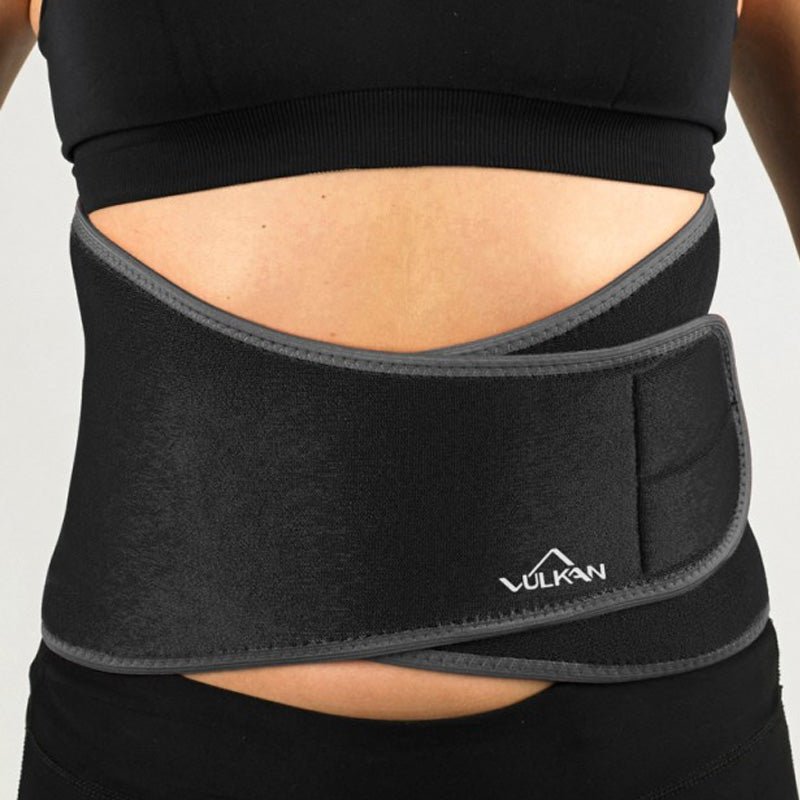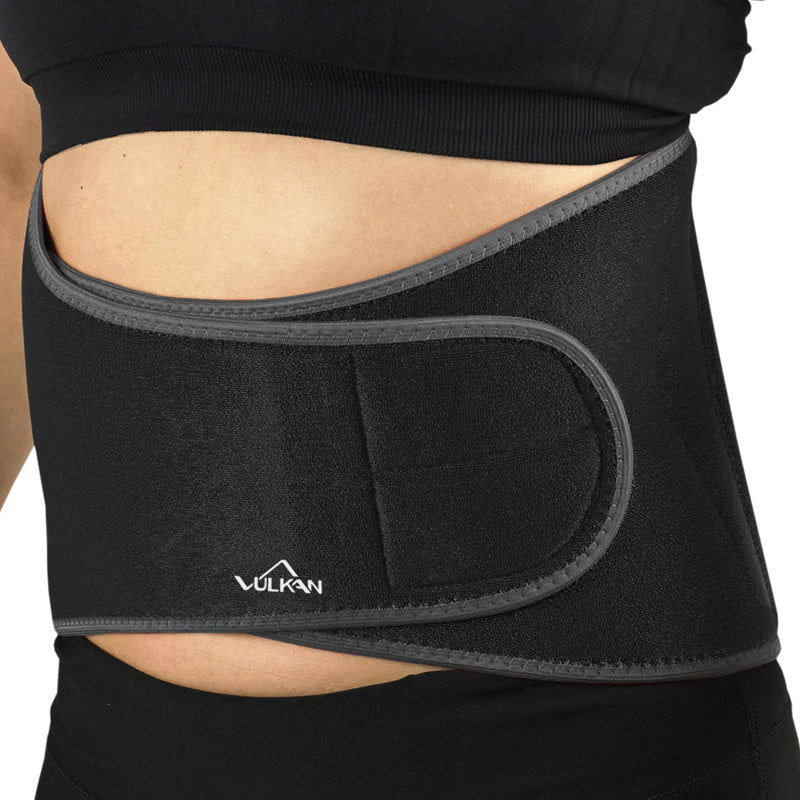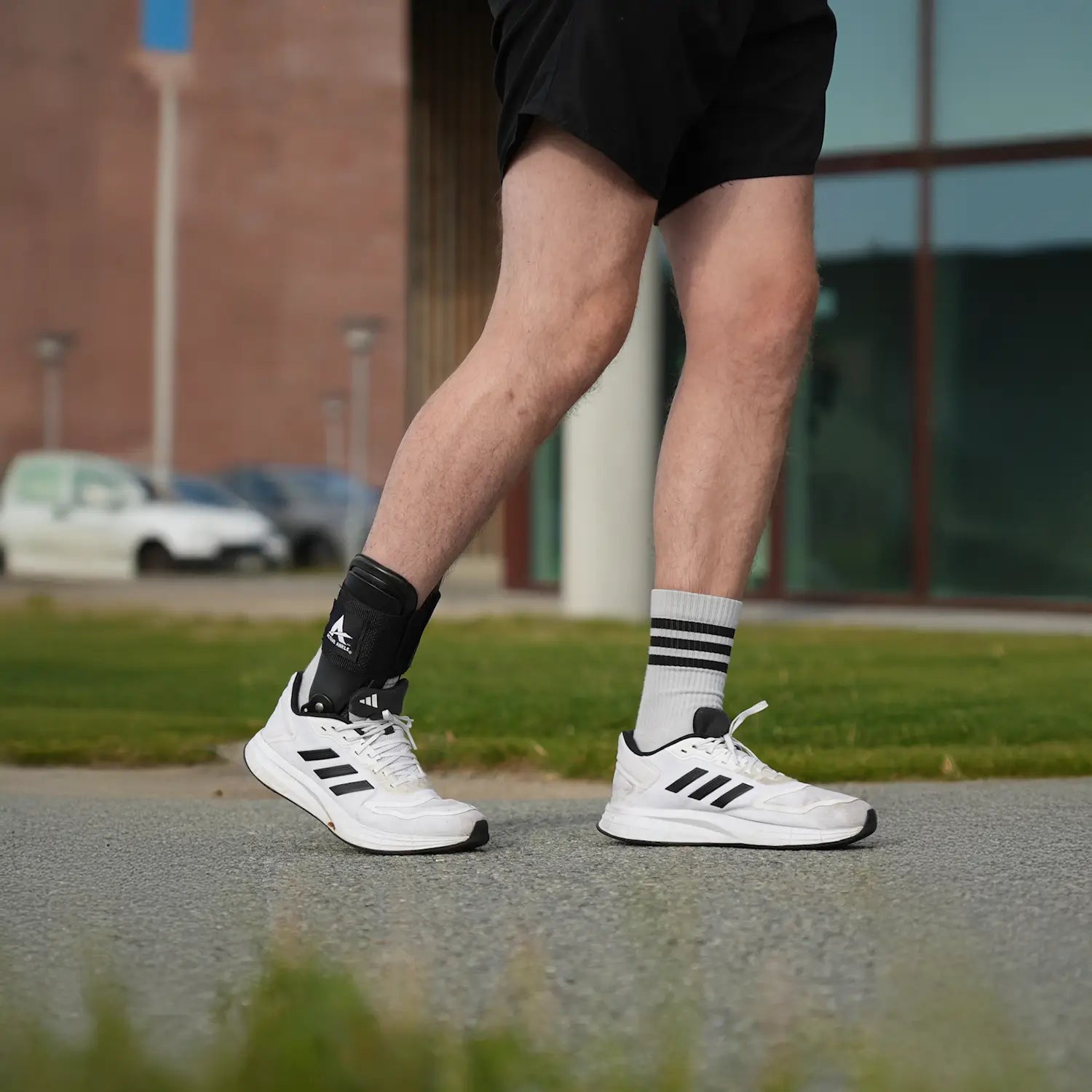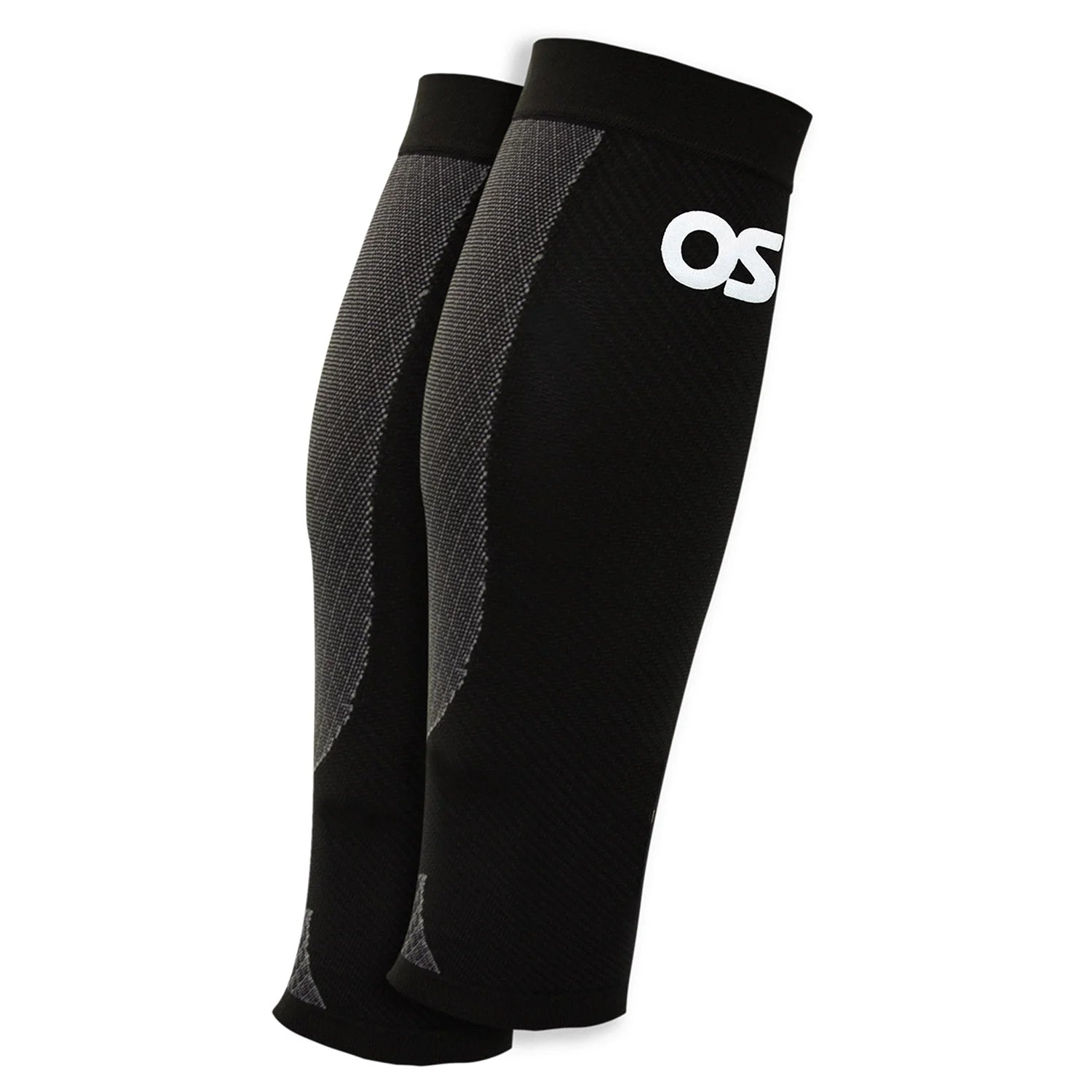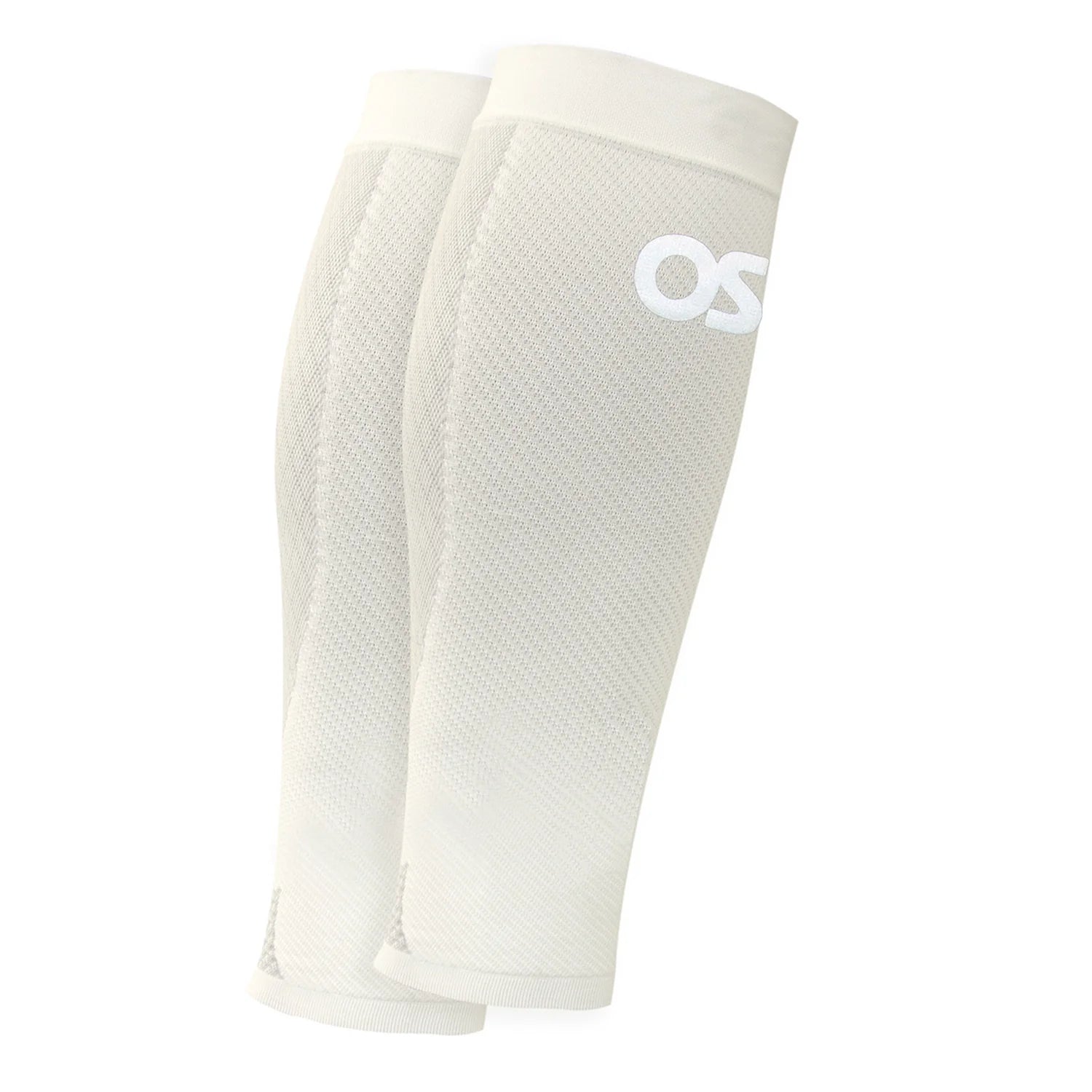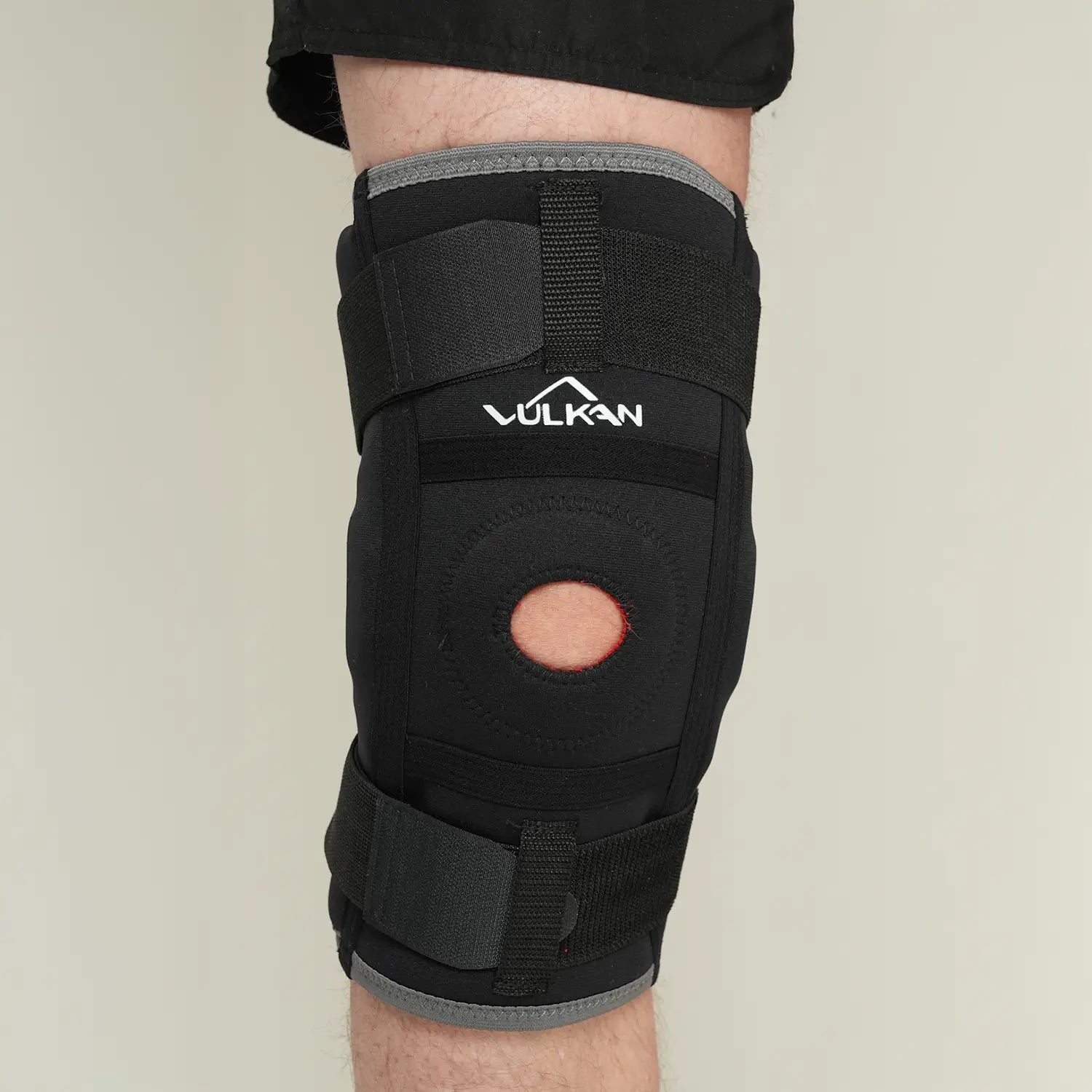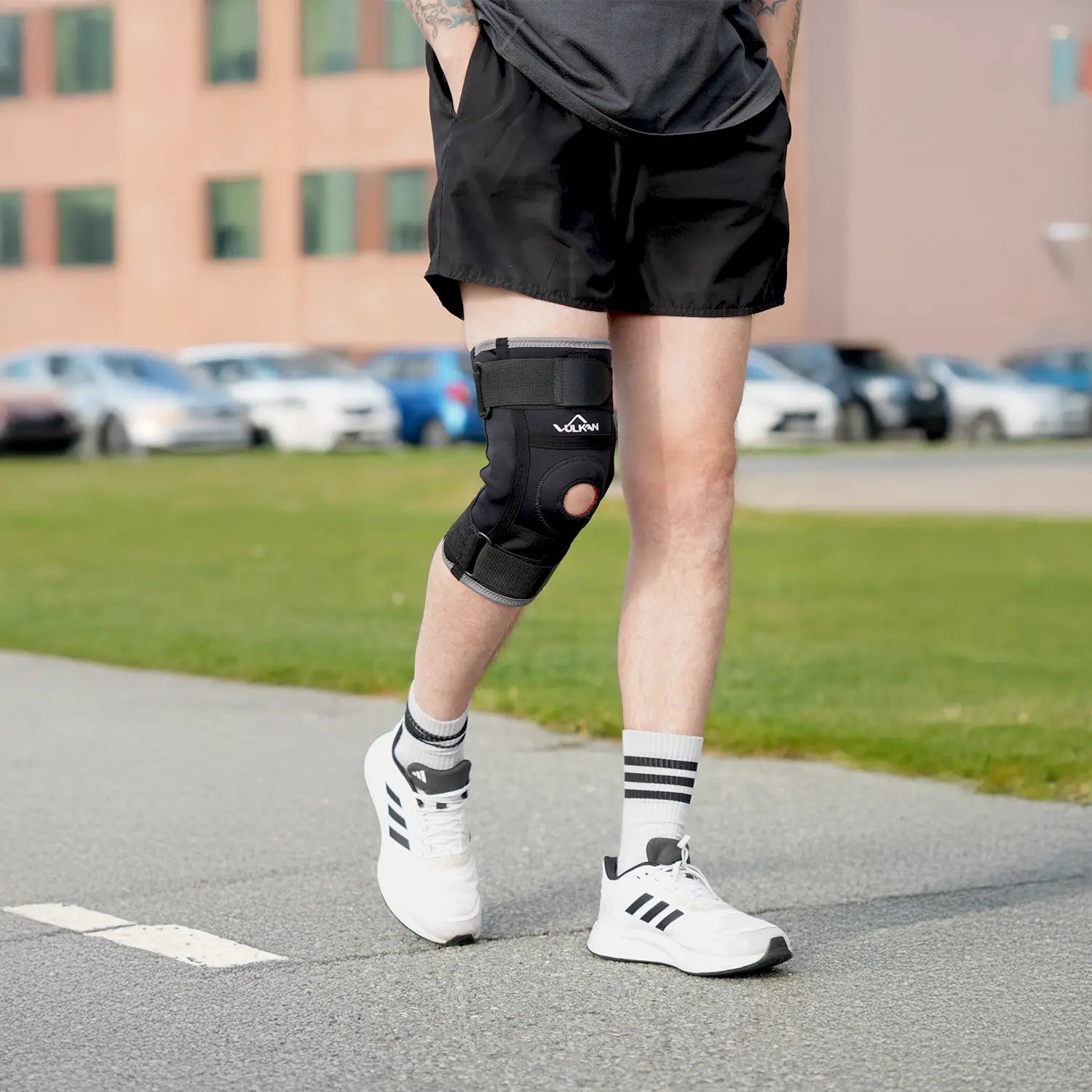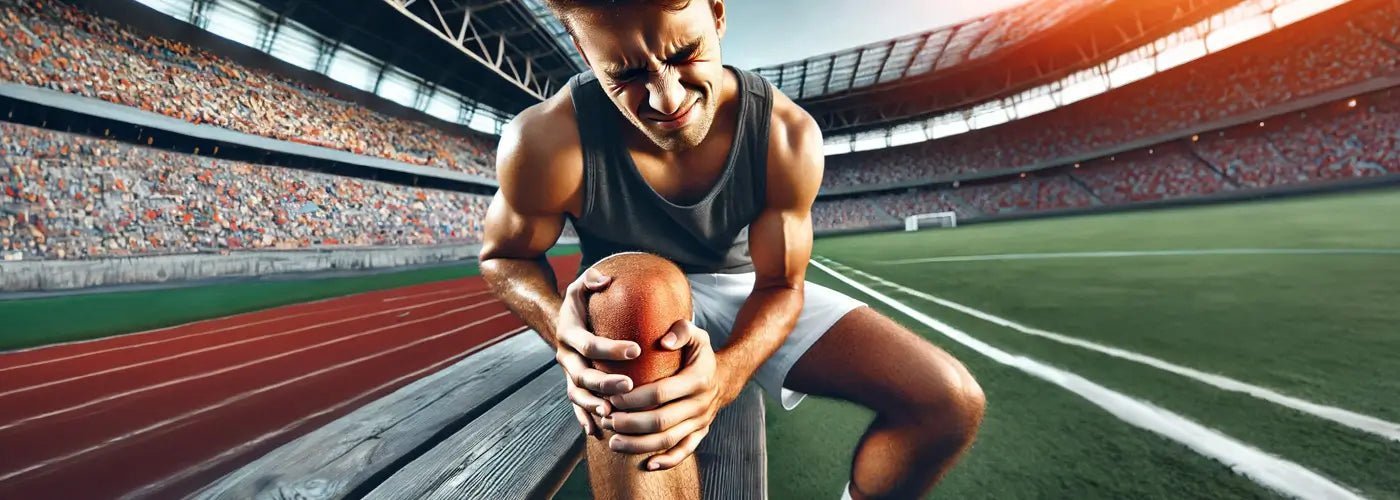
Anterior cruciate ligament (ACL) injury
Content description
An anterior cruciate ligament (ACL) tear in the knee is one of the most common serious knee injuries in sports, especially in sports involving twisting and changing direction such as soccer, handball, and alpine skiing. When the ACL is injured, there is often a sudden feeling of instability and pain. It is important to understand the symptoms, how the injury happens, and how to treat and rehabilitate in order to return to activity.
Symptoms of ACL injury
Typical symptoms of a torn anterior cruciate ligament are:
- The knee gives way or “gives way” when subjected to stress
- A loud snap or bang is heard at the time of the injury
- Immediate pain with swelling within one or two hours
- Stiffness and difficulty straightening the knee completely
- Feeling of instability, like the knee is loose or unsteady
Grading of anterior cruciate ligament (ACL) injury
To assess the extent of an anterior cruciate ligament injury, the injuries are classified into three different degrees:
- Grade 1: Minor tear of the cruciate ligament. Pain occurs, but the function and stability of the knee joint are not significantly affected.
- Grade 2: A larger tear that leads to instability and impaired function in the knee joint.
- Grade 3: Total rupture of the cruciate ligament, resulting in extensive functional disability and instability. In many cases, surgery and long-term rehabilitation are required to restore knee joint stability.
How does the injury occur?
Anterior cruciate ligament injuries usually occur during sudden, forceful movements such as twisting, changing direction, landing or falling. Often, it is the combination of torque, bent knee and load that puts more strain on the ACL than it can handle. This often happens in sports involving fast running and jumping. Inevitably, weak muscles, poor technique and fatigue can contribute to the injury.
Diagnosis and examination
Clinical tests such as the Lachman test and anterior drawer are used to measure instability. A doctor or physical therapist performs these tests after assessing the pain pattern and mechanism of injury. Ultrasound is rarely sufficient for ACL injuries, so an MRI is performed to confirm the diagnosis and to identify any secondary findings such as meniscal or ligament injuries.
Treatment and rehabilitation
First treatment
In the case of partial injuries or in older and less active people, light treatment may be sufficient. After initial rest and pain relief, a rehabilitation program is started with the help of physiotherapy. The focus is on strengthening the quadriceps, hamstrings and core stability to compensate for the damaged ACL. The rehabilitation phase can last 4–6 months and is individualized according to activity and goals.
Surgical treatment
In the case of a complete rupture in young or active athletes, surgical reconstruction is usually appropriate. The damaged cruciate ligament is replaced with a tendon graft — often from the patient’s own hamstring or patellar tendon. Surgery is followed by a rehabilitation program lasting 9–12 months. Early mobility is important, while torque protection is used during healing.
Rehabilitation strategy
The rehab program is done in phases: initial mobility, strength building, and finally sport-specific training. Balance and proprioception training are central to preventing relapse. A physical therapist helps customize the progression — from walking to jumping and directional training — for optimal return to physical activity.
When is surgery required?
The decision to have surgery for an ACL injury is based on the mechanism of injury, the degree of instability, and the individual's activity level and goals. If the knee gives out frequently, or if you want to return to sports with torque, surgery is often recommended. For more sedentary lifestyles, rehab alone may provide sufficient stability.
Recommended products
How long is the recovery after an ACL injury?
Recovery varies depending on treatment. After surgery, it is often expected that 9–12 months of rehabilitation will be required before full activity can be resumed.
Can I resume sports without surgery?
Yes, with strong muscles and adapted training, some can accept knee instability, but the risk of injury remains.
How can future injuries be prevented?
Through neuromotor training, strength programs for leg and trunk muscles, and learning the correct technique for jumping and twisting.
When do I need to seek medical attention?
If your knee feels unstable, swells significantly or is painful when placed on load after trauma, you should contact an orthopedist for an examination.




